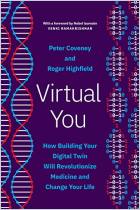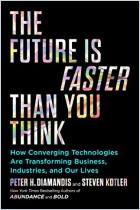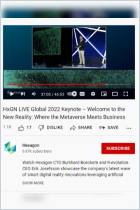Join getAbstract to access the summary!

Join getAbstract to access the summary!
Mark Purdy, Ray Eitel-Porter, Robert Krüger and Thijs Deblaere
Digital Twins Are Reinventing Innovation
From faster and cheaper drug trials to fully “conscious” cities, digital replicas are changing the face and pace of innovation.
MIT Sloan Management Review, 2020
What's inside?
Digital replicas of the real world are playgrounds for innovators.
Recommendation
Architects consult a digital twin of Notre Dame Cathedral, ravaged by fire in 2019, to begin restoring the historic treasure. Scientists develop a digital replica of an aerosol drug to test its effectiveness in targeting lung tumors. Software developers design a digital twin of a railroad coach to test the effects of wind and climate conditions on passenger comfort. Mark Purdy, Ray Eitel-Porter, Robert Kruger and Thijs Deblaere from Accenture explore the many innovative ways that industries, health care providers and cities are using digital-twin technology and offer a glimpse into its future.
Summary
About the Authors
Mark Purdy is a managing director with Accenture Research. Ray Eitel-Porter is head of applied intelligence at Accenture UK. Robert Krüger is global lead of Accenture’s Engineering X.0 practice. Thijs Deblaere is a senior analyst with Accenture Research.





















Comment on this summary